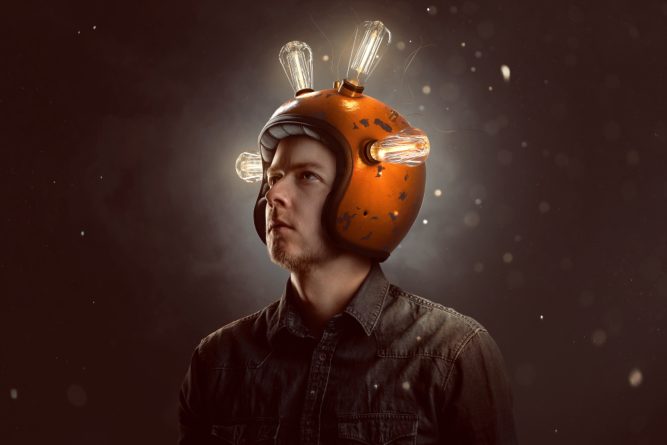What Is a Patent and Why You Need One
Every inventor, entrepreneur, and company needs protection to prevent their unique ideas and intellectual property being copied by the competition. Applying for a patent in the United States is a smart move, and it starts by applying for a patent with the United States Trademark and Patent Office. This valuable protection keeps others from copying your invention for 20 years. You can start with a provisional patent, which is a placeholder patent, so you do not need to worry that someone will use your idea. A provisional patent will extent the life of the patent by 1 year. What Happens If You Don't Have a Patent? Patent attorneys can tell you what can happen if you don’t have a patent. Without one, your competitors could take advantage of and use your invention without your permission. This would result in reduced market share, among other things. You would be limited in licensing, selling, or transferring your innovation without a patented invention. Someone else could potentially also patent your idea first. This is why filing a provisional patent application with the patent and trademark office is helpful, allowing you to block any copycats while you finalize funding or the final touches on your invention. What Are the Three Types of Patents? The United States patent office allows you to file three different types of patents – utility patents, design patents, and plant patents. You may find it helpful to discuss patents with a patent lawyer to help you figure out which one will best protect your invention. Utility Patents Utility patents apply to any invention, new discovery, or an improvement of any useful process, machine, product, or item already in existence. A utility patent would be ideal [...]





